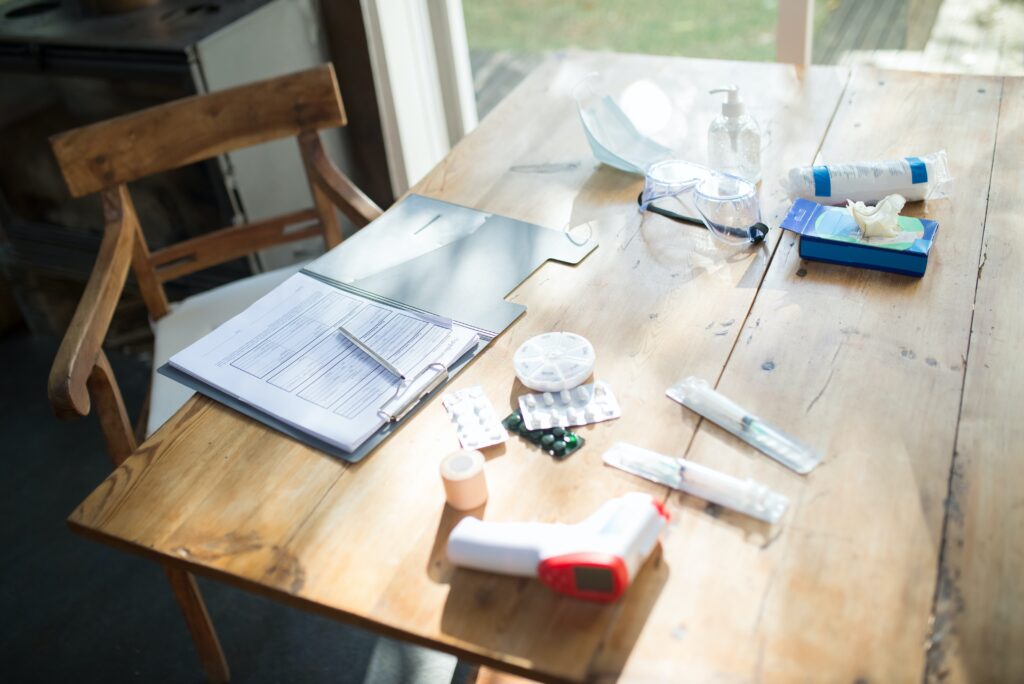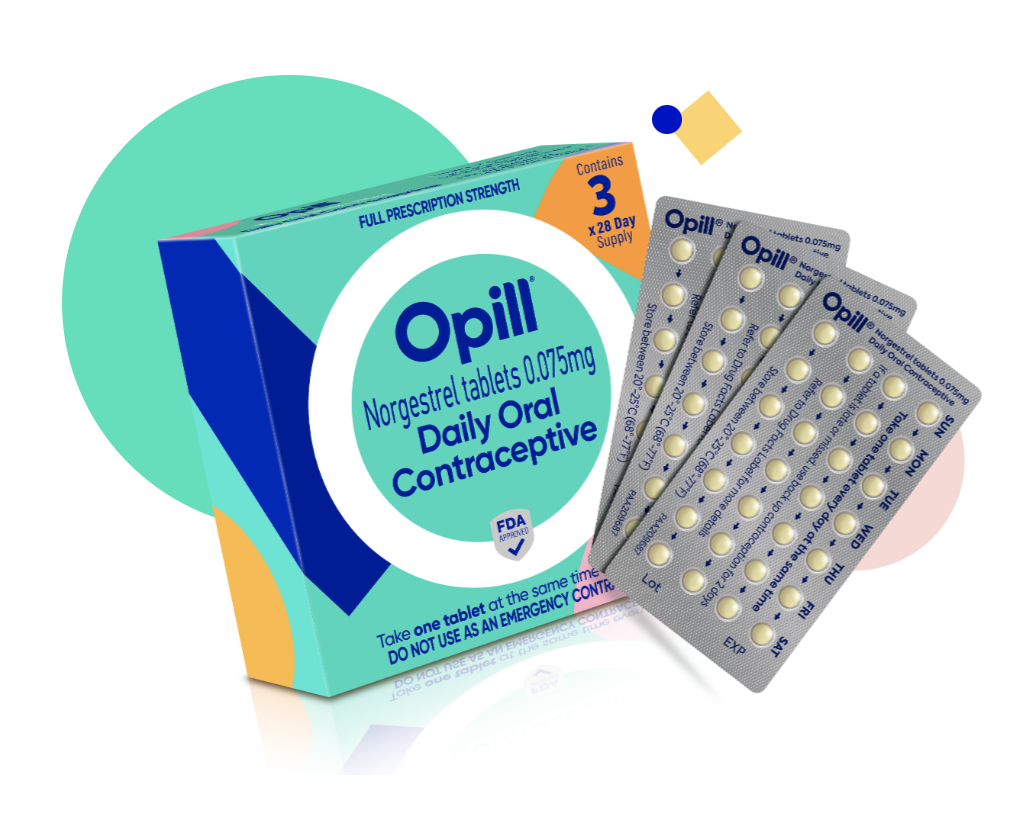How to Test for Male Fertility At Home

Male factor accounts for half of fertility – why don’t we talk about it?
Historically the brunt of fertility and childbearing has fallen on the female partner. Because of our cultural emphasis linking virility and manliness, there is a tendency to want to ignore any male contribution to infertility. Indeed, I have had many female patients struggle to even get their partners to the office for evaluation. In reality male factors contribute equally to infertility – either alone or combined with female concerns. It is certainly high time we accept and embrace that fertility is a shared responsibility between both partners!

Things are changing in a good way
The role of the male partner in pregnancy and fertility treatment is increasingly acknowledged. I think this is largely heightened by brave men sharing their experiences with infertility publicly in both popular and social media. This increased awareness and acknowledgment has facilitated conversations about a sensitive topic and has improved both access to care and ongoing investigation.

How long should we wait to look at sperm?
A semen analysis is an invaluable and straightforward test to complete, usually costing less than $150. Unfortunately, if couples wait too long before having this done they may end up trying for months in vain before realizing there is insufficient sperm present. The fertility process is already challenging – adding this additional layer of frustration to the mix only further complicates matters. Additionally, when concerns regarding ovarian aging exist, taking too long to test for adequate sperm can only delay time to treatment and waste valuable ovarian reserve.

What at home sperm tests are out there?
There is a growing number of commercially available male fertility tests that can be completed in the privacy of one’s home. Some just tell if sperm is present or not; some give clues about concentration or motility; and others may be nearly identical to clinical semen analyses.

What happens when we go for evaluation at a doctor’s office?
Typically when starting fertility evaluation with a Reproductive Endocrinologist, they will start by looking at a screening semen analysis. Because sperm production can be variable overtime, if any abnormalities are noted, the first thing that they will do is simply repeat the analysis. If it appears that there are persistent issues, then the male partner may be referred to one of our colleagues in Reproductive Urology who can do additional specific testing.
Reproductive Urologists will typically look at hormonal parameters, such as how the brain is talking to the testicles and total testosterone levels. They will evaluate other overall health concerns that may contribute to sperm production, such as thyroid disorders or diabetes. Finally, they will complete a physical exam to evaluate any structural concerns that may contribute to low sperm counts such as dilated veins or obstructions.

How accurate are at home tests?
Until recently, home male fertility tests have been lacking in quality and reliability. They may be able to give some insight into whether or not sperm is present, but lack detailed information. More recently, new companies have developed better technology to replicate the results of a clinical sperm test. When looking at sperm clinically, the primary factors we examine are sperm volume, concentration, motility, and shape. Unfortunately, motility can be substantially impacted by a greater time from collection to analysis. With new technology, companies such as Legacy and Fellow claim to be able to look at all of these factors in a similar fashion as a clinical test.

A general caution
When considering a home commercial sperm test, you may notice that many options provide the added service of cryopreservation. In general, it’s best to check with your doctor before making that commitment. Cryopreservation may be a great option for you – but only if recommended by an expert!

MY NAME IS NATALIE STENTZ. I AM A BOARD-CERTIFIED OB-GYN AND FERTILITY SPECIALIST. I BELIEVE THAT WOMEN’S HEALTH MATTERS AND THAT OPTIMAL HEALTH STARTS AT HOME WITH SMALL CHANGES APPLIED OVER A LIFETIME.







Read the Comments +